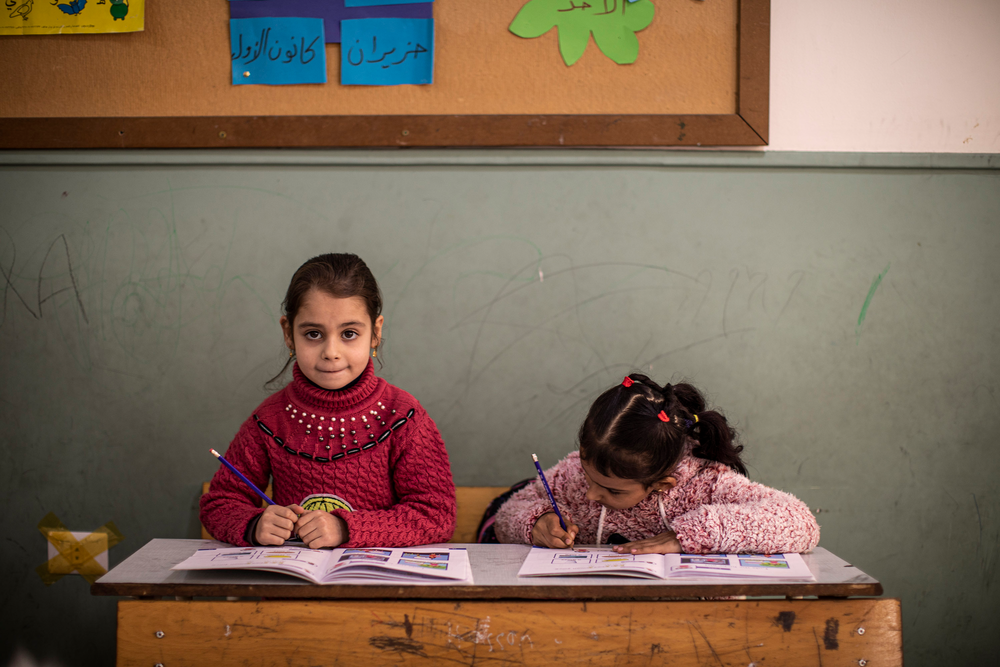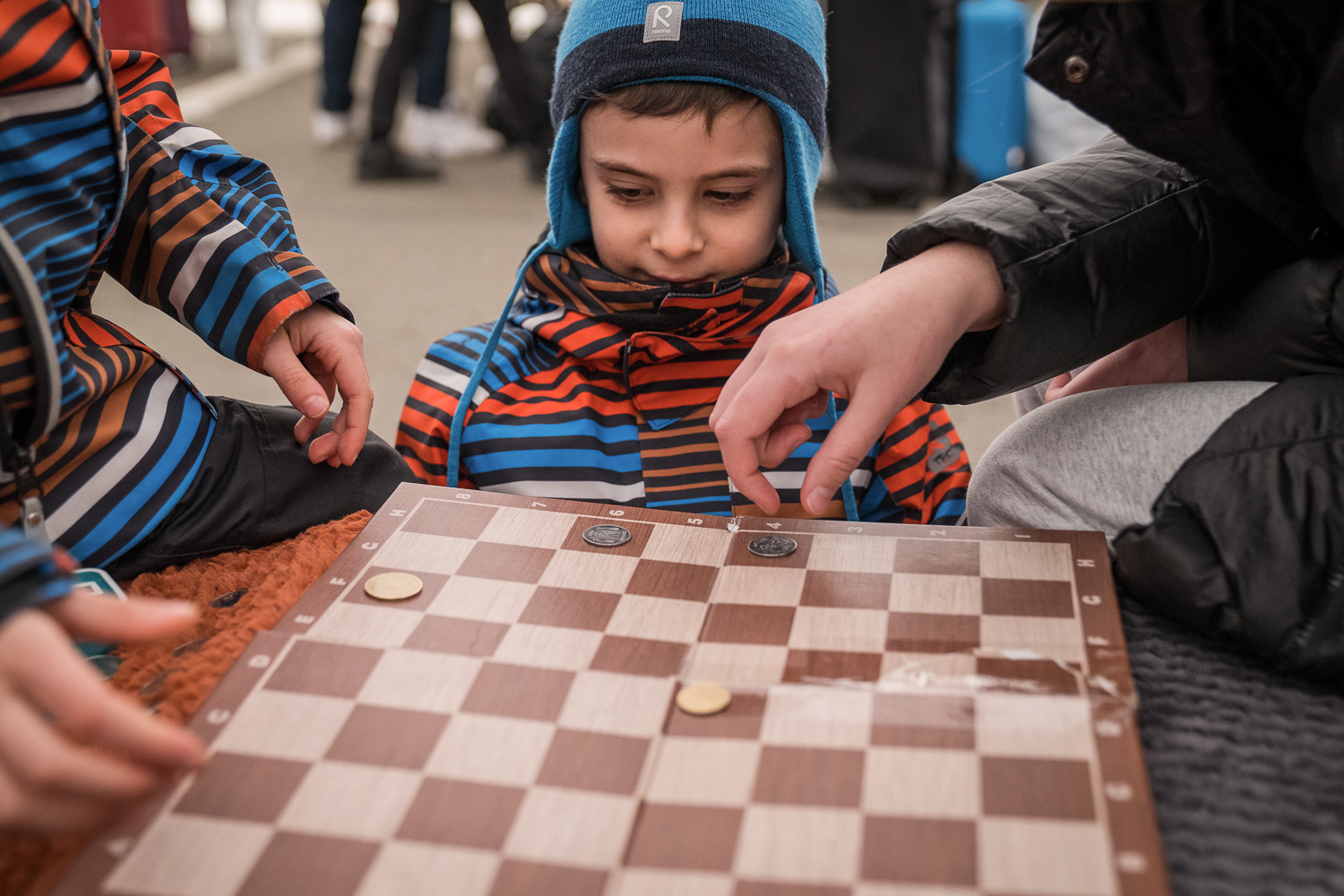
How long will children in emergencies be kept waiting for their education?
Education in emergencies
Yemeni girls watch a protest outside UN office in Sanaa
“Don’t bury me.” Those were the pleas of six-year-old Fareed Shawky as he suffered from massive injuries inflicted by shrapnel after a missile hit his house in Taiz, Yemen.
A few days later he was dead.
The images of Fareed recalled vividly to my mind the image of Aylan Kurdi, the three-year-old Syrian boy, drowned on a beach in Turkey. It brought to mind images of Nepali children, sifting through the rubble that once was their school before it became one of thousands destroyed in April’s earthquake.
It reminded me of Malala Yousafzai’s bloody school van in Pakistan, where she was shot in the head for daring to seek an education – and of the words of Salome (not her real name) in our #UpforSchool Town Hall last month as she recounted the night when Boko Haram attacked her school in Chibok, Nigeria, abducting her and 275 other school girls.
It called to my memory the faces of children in disaster, conflict and emergency from all across the globe and I can’t help but question – how long? How long will we allow children to fall victim to suffering, exploitation, poverty and death as a result of crisis, conflict and emergencies for which they share no blame?
How long will we allow them to slip through the cracks between humanitarian funding and development aid in which their most vital lifeline – their education – is neglected?
Bhabindra Thami reads his book in a temporary makeshift tent in Chuchhepati camp in Kathmandu, Nepal Picture: UNICEF/Panday
How long will we condemn these children and their children after them to a life of poverty, exclusion, and marginalisation?
How long will we wait before we step up and act? How many more Fareeds, Aylans and Malalas must suffer before we are willing to take the necessary actions to save their lives?
In conflict and emergency, in natural disaster and war, children are vulnerable. They are recruited as expendable soldiers, sold off as child brides or sex slaves, forced to work to support their families often in harsh, dangerous and exploitive positions, separated from their families and trafficked for someone else’s profit.
Abused, starved, injured, killed. The list goes on and on.
But one thing that can provide a crucial beacon of hope for children in emergency situations is access to education. A safe place to play and learn can provide critical psychosocial support, dispense vital information on safety and sanitation, and allow for a return to hope, to planning for a future not riddled by crisis, poverty and uncertainty.
Less than 2% of humanitarian aid went to education in 2014. This is unacceptable. We can and must do more.
We cannot leave these children waiting any longer.
More news

